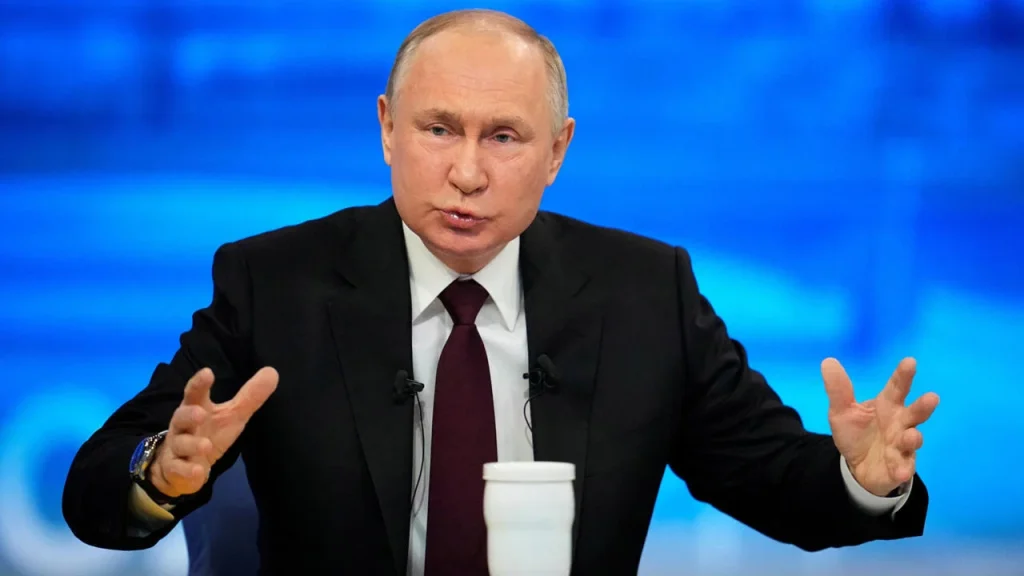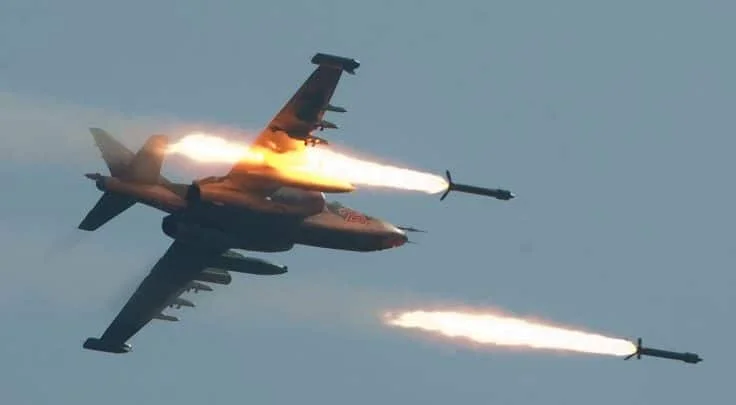Starting August 23, 2025, Russia will significantly enhance its electronic visa (e-visa) system, offering travelers from 64 eligible countries the ability to stay longer and enjoy greater travel flexibility. Under the new rules, the validity period of the e-visa will double from 60 to 120 days, and the maximum allowable stay within Russia will increase from 16 days to 30 consecutive days.
This development marks a notable shift in Russia’s approach to facilitating foreign travel and encouraging tourism, business visits, and cultural exchanges. It also underscores the country’s intention to improve international engagement despite ongoing diplomatic challenges with several Western nations.
Broader Reach and Growing Popularity of E-Visas
Russia introduced the nationwide e-visa program in August 2023, offering travelers a convenient, fully online alternative to traditional consular visa procedures. Since then, the program has gained rapid traction, with over 1.2 million e-visas issued to date. The largest groups of applicants have come from countries such as China, Saudi Arabia, Germany, Turkey, India, and Estonia—demonstrating strong demand across Asia, Europe, and the Middle East.
Officials say the revised e-visa framework will maintain the current single-entry restriction, meaning travelers who exit Russia will need to reapply for a new visa to return. However, by allowing longer stays and extending visa validity, the new rules are expected to boost the attractiveness of Russia as a destination for both short- and medium-term visitors.
Simplified Application Process Remains
Despite these major changes, Russia’s e-visa process will remain user-friendly and fully digital. Travelers can continue to apply by uploading a digital photograph, a scanned copy of their passport, and basic travel details through the official Russian government visa portal. In most cases, applicants will receive a response within four calendar days.
The cost of the e-visa stays at approximately $50 USD, and children under the age of six are exempt from the visa fee, though nominal bank charges may still apply.
Once approved, travelers will have up to 120 days (four months) to use their visa to enter Russia. Once inside the country, the visitor can stay for up to 30 consecutive days, a significant increase from the previous 16-day allowance. These adjustments give travelers more time to explore, conduct business, attend cultural events, or visit family members without the hassle of repeatedly applying for new visas.
Entry Restricted to Designated Border Points
While the visa itself has become more flexible, border entry points remain tightly controlled. Visitors using an e-visa must enter through one of the 105 approved border crossings, which include major international airports, railway stations, seaports, and select land checkpoints. Entry through unauthorized or unofficial points is strictly prohibited unless special authorization is granted by the Federal Security Service (FSB).
This measure is part of Russia’s broader effort to maintain strict border security while also streamlining legal travel channels.
Future of the Program: Will Multiple-Entry Visas Follow?
The single-entry nature of the current e-visa has drawn some criticism from frequent travelers and business professionals who would prefer the option of multiple entries without repeated applications. However, Russian officials have acknowledged this feedback.
In June, Maxim Reshetnikov, Russia’s Minister of Economic Development, revealed that the government is actively considering the introduction of a multiple-entry e-visa. While no timeline has been announced, such a move would represent a substantial improvement for travelers who need to move in and out of Russia regularly—particularly those engaged in regional business, trade, or diplomatic activities.
For now, the government appears focused on evaluating the success of the current reforms and maintaining careful oversight of the immigration system before further liberalization.
Geopolitical Timing: A Deliberate Choice
The expansion of the e-visa program comes at a time when Russia is grappling with strained geopolitical relationships, especially with Western nations. Despite these tensions, Moscow appears eager to reassert itself as a welcoming destination for foreign visitors. The decision to relax travel restrictions—even modestly—is being interpreted as a strategic gesture aimed at boosting tourism revenue, attracting investment, and enhancing cultural exchange.
Officials describe the move as part of a “balanced” policy approach that seeks to promote economic engagement while safeguarding national security. By making travel easier without fully lifting all controls, Russia hopes to strike a middle ground that encourages growth and maintains state oversight.
Eligible Countries: Who Benefits from the Change?
The updated e-visa policy applies to citizens from 64 countries, a list that includes most of Europe, as well as India, China, Saudi Arabia, Japan, South Korea, and much of the Middle East. These travelers are now able to explore Russia for longer durations and enjoy more relaxed entry conditions, all without having to visit an embassy or consulate.
This change particularly benefits those interested in extended tourism experiences, academic collaboration, medical visits, or short-term business ventures. Travelers who once found the 16-day stay limit too restrictive may now find Russia a more appealing destination, with additional time to travel between cities and regions or engage more meaningfully with local communities.
Improved Travel Experience, But Planning Still Essential
While the extended validity and longer stay allow more flexibility, travelers still need to plan their trips carefully due to the single-entry limitation. Anyone who leaves Russia during their stay will need to apply for a new visa to re-enter, which may present challenges for those on multi-country trips or with sudden travel needs.
Still, the benefits of the new rules are clear. For many eligible travelers, the shift means less bureaucracy, fewer repeat applications, and a more generous travel window. The convenience of an online application, a predictable response time, and longer stays make the e-visa a highly accessible option.
Conclusion: A Cautious Step Toward Openness
Russia’s decision to enhance its e-visa program by extending both its validity and stay duration marks a significant step toward greater openness in international travel policy. The changes strike a delicate balance between welcoming foreign visitors and maintaining national security protocols, reflecting the government’s dual priorities.
Although the single-entry requirement remains, this move is likely to increase the number of long-stay travelers, bolster tourism and business engagement, and encourage cultural exchange at a time when many nations are reassessing their border policies.
With global interest in Russia’s vast cultural, historical, and natural offerings still strong, these reforms may usher in a new era of visitor engagement—one that is streamlined, regulated, and gradually more inclusive.
As the program evolves, future changes like multiple-entry e-visas could further boost Russia’s accessibility, reinforcing its place on the global tourism and business map. For now, the August 2025 update represents a clear commitment to progress—albeit on Russia’s own carefully managed terms.












